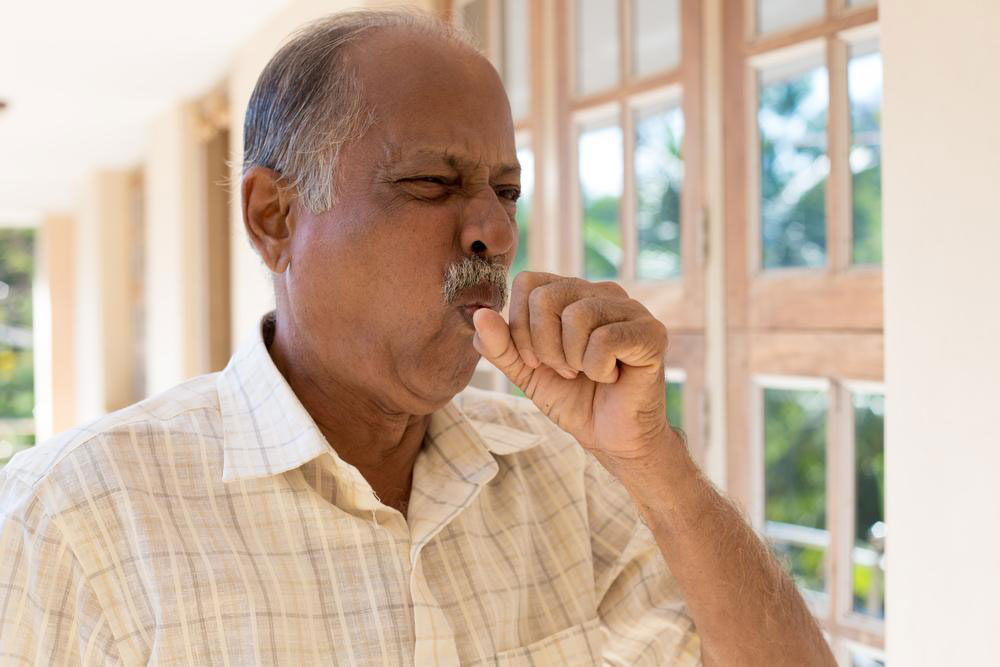Comprehensive Guide to Chronic Bronchitis: Symptoms, Causes, and Effective Management
Discover an in-depth guide to chronic bronchitis, including symptoms, causes, and effective strategies for management. Learn how lifestyle changes, medical treatments, and environmental awareness can help alleviate symptoms and improve quality of life for those affected by this enduring respiratory condition.

Comprehensive Guide to Chronic Bronchitis: Symptoms, Causes, and Effective Management
Chronic bronchitis represents a long-lasting inflammatory condition that affects the bronchial tubes within the lungs. This persistent inflammation results in excessive mucus production, which narrows the airways, making breathing increasingly difficult. Understanding the symptoms, underlying causes, and treatment options for this condition is essential for those affected and their caregivers. Unlike short-term or acute bronchitis, which typically resolves within a few weeks, chronic bronchitis persists for at least three months and recurs over consecutive years, often worsening without proper management.
Understanding Chronic Bronchitis: An In-Depth Look
Chronic bronchitis is a component of chronic obstructive pulmonary disease (COPD), and it significantly impacts respiratory health. It involves the inflammation of the bronchial tubes, which are the pathways that carry air from the trachea into the lungs. When these airways become inflamed, they produce excess mucus as a defense mechanism, which subsequently clogs the air passages. Over time, this leads to persistent coughing, wheezing, and difficulty breathing, affecting daily activities and overall quality of life.
Primary Causes of Chronic Bronchitis
Several factors contribute to the development of chronic bronchitis. The most common trigger is smoking tobacco; it damages the bronchial lining and impairs the lungs' ability to clear mucus effectively. Long-term exposure to air pollution, industrial fumes, and airborne chemicals further aggravate the condition. Individuals working in environments with dust, chemical fumes, or other irritants are at higher risk. Recurrent viral or bacterial infections can also lead to chronic inflammation, especially if the immune system is compromised. Additionally, pre-existing health issues such as asthma, cystic fibrosis, heart disease, immune system deficiencies, and genetic predispositions may increase susceptibility to developing chronic bronchitis.
Recognizing the Symptoms and Clinical Signs
Persistent cough is the hallmark symptom of chronic bronchitis, often producing thick, discolored mucus—yellow, green, or white. As mucus accumulates, airflow becomes restricted, causing breathing difficulties, especially during physical exertion or at night. Patients may experience wheezing, chest tightness, and a sensation of chest discomfort. Fatigue and general weakness are common due to reduced oxygen intake. In advanced cases, symptoms may escalate to include low oxygen levels leading to bluish lips or skin, swelling of the extremities, and frequent respiratory infections. Fever and chills can sometimes accompany exacerbations, which are episodes of worsened symptoms triggered by infections or environmental irritants.
Strategies and Treatments to Manage and Alleviate Symptoms
While chronic bronchitis is a persistent condition, several management approaches can significantly improve quality of life. Quitting smoking is the most crucial step, preventing further damage and helping to slow disease progression. Patients are advised to avoid environments with high pollution or irritant exposure, wear protective masks if necessary, and ensure their living space is well-ventilated with a humidifier to soothe airways. Regular, gentle exercise tailored to personal capacity can strengthen lung muscles and improve breathing efficiency—always under medical guidance.
Medical treatment aims to reduce inflammation, open airways, and remove excess mucus. Doctors may prescribe bronchodilators, corticosteroids, expectorants, or antibiotics during flare-ups, depending on the severity and underlying causes. Pulmonary rehabilitation programs, which include breathing exercises and physical activity, are highly effective in managing symptoms. In advanced stages, supplemental oxygen therapy may be recommended to maintain adequate oxygen levels. Adhering to medication plans, maintaining a healthy diet, staying hydrated, and getting regular medical check-ups are vital for effectively managing chronic bronchitis.
Living with chronic bronchitis requires a comprehensive approach that combines lifestyle changes, medical treatment, and ongoing monitoring. Education about the disease and adherence to treatment protocols can help patients lead more comfortable, active lives despite the condition's challenges. Awareness of early symptoms and prompt management of flare-ups are also crucial in preventing further lung damage and complications. Ultimately, a proactive attitude toward health and environmental management is key to controlling this chronic respiratory disease.





